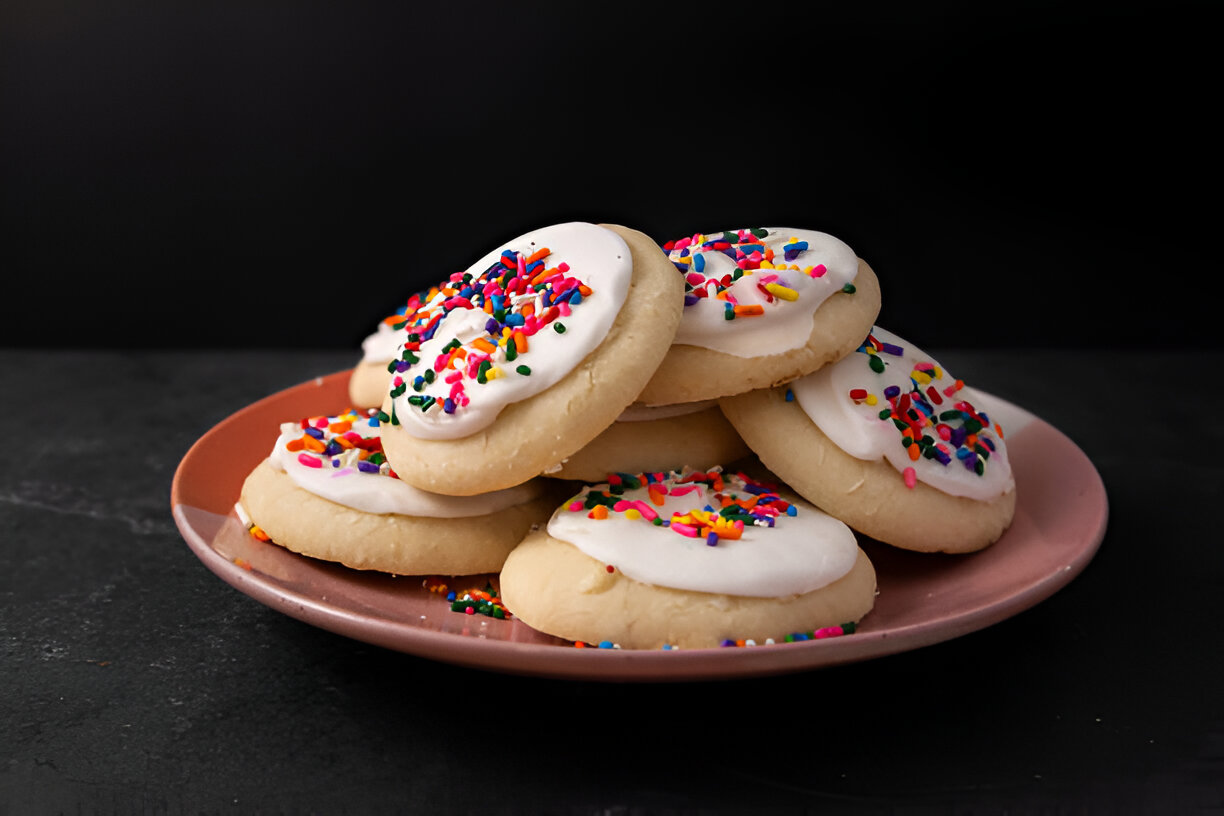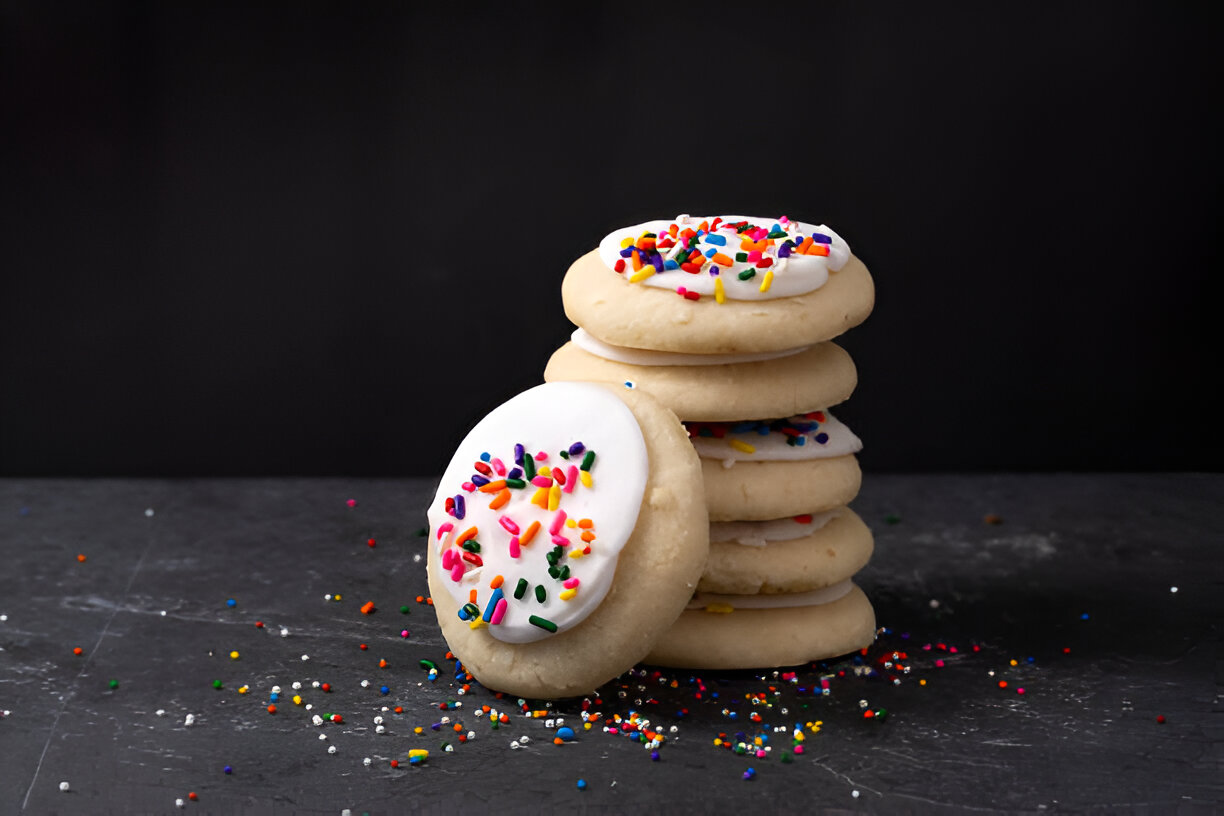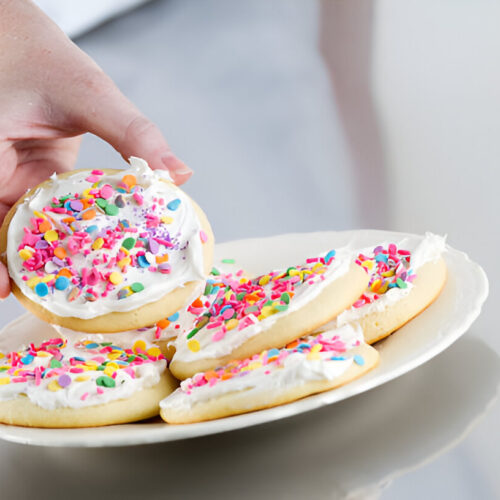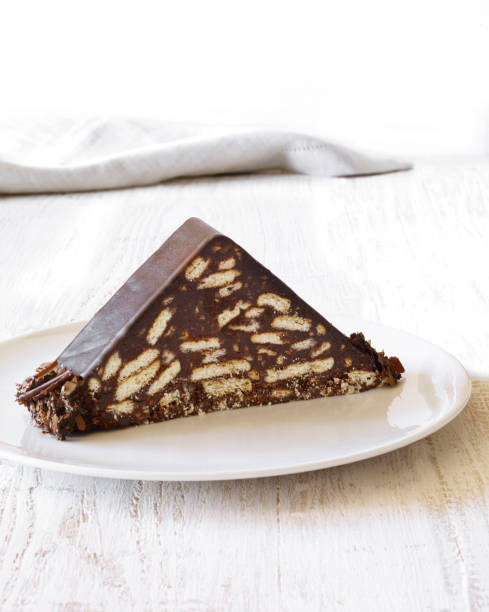Perfect Sugar Cookie Icing Recipe for Every Occasion
Sugar cookies are a delightful treat that has captured the hearts of many dessert lovers around the world. Their soft, buttery texture and subtly sweet flavor make them a favorite, particularly when decorated with vibrant icing. The icing not only enhances their visual appeal but also adds an extra layer of flavor, bringing these cookies to life during celebrations. Whether for a festive holiday, a birthday party, or a casual gathering, sugar cookies adorned with colorful icing are sure to delight both young and old alike.
Throughout the year, occasions like Christmas, Halloween, Valentine’s Day, and baby showers inspire home bakers to whip up batches of these cookies, often using icing to showcase creativity and bring themes to life. From simple outlines to intricate designs, the possibilities for decorating sugar cookies are limited only by one’s imagination.
This article will guide you through the essentials of sugar cookie icing, including what it is, the two primary types—royal icing and buttercream icing—and how to create the perfect icing for your cookies. We’ll provide a step-by-step recipe and useful tips that will ensure your iced sugar cookies are not just visually stunning but also irresistibly delicious. Get ready to elevate your baking game and create beautiful treats that will impress your friends and family!

What is Sugar Cookie Icing?
Sugar cookie icing is a sweet, typically smooth mixture that is used to decorate and enhance sugar cookies. Its primary purpose is to add flavor, texture, and visual appeal to these beloved treats. Icing helps transform a simple sugar cookie into an eye-catching dessert that can be fit for any occasion, making them more festive and delightful.
There are two main types of sugar cookie icing: royal icing and buttercream icing. Royal icing is known for its smooth, hard finish, which is ideal for intricate designs and decorations. It dries quickly and forms a hard surface that makes it perfect for detailed work and stable decorations that can last for days. On the other hand, buttercream icing offers a creamy and delicious alternative that is easier to work with, providing a softer texture that can be piped into various shapes and swirls. Each type has unique characteristics, and the choice between them often depends on the desired design and flavor profile of the cookies.
Types of Sugar Cookie Icing
Royal Icing
Royal icing is made primarily from powdered sugar, egg whites, and sometimes meringue powder. When prepared, it has a smooth and glossy texture that hardens as it dries. This icing is ideal for precise applications, making it perfect for intricate designs like lacework, flowers, and detailed outlines.
One of the main benefits of royal icing is its ability to harden completely, which allows for stacking and storing decorated cookies without smudging. Its firm texture makes it the go-to choice for activities like flooding cookies, where a base layer of icing is spread to fill in outlines.
Buttercream Icing
Buttercream icing primarily consists of unsalted butter, powdered sugar, and often cream or milk. This icing is creamy, smooth, and has a rich flavor profile that many people love. The texture is softer compared to royal icing, which allows for easy spreading and piping.
The advantages of buttercream icing lie in its versatility and the variety of flavors it can offer. It can be tinted with food coloring to create vibrant decorations, and it can also be enhanced with different flavorings such as vanilla, almond, or cocoa. While buttercream may not dry as hard as royal icing, it is perfect for creating swirls, dollops, and fluffy layers on decorated cookies.

Basic Sugar Cookie Icing Recipe
Ingredients:
- For Royal Icing:
- 4 cups powdered sugar
- 3 egg whites or 2 tablespoons meringue powder
- 5 tablespoons water (more if needed)
- For Buttercream Icing:
- 1 cup unsalted butter, softened
- 4 cups powdered sugar
- 2-4 tablespoons heavy cream
- 1 teaspoon vanilla extract
Directions:
- For Royal Icing:
- In a mixing bowl, beat the egg whites until frothy.
- Gradually add powdered sugar and continue beating until glossy and stiff peaks form.
- If using meringue powder, mix it with water until dissolved, and follow the same steps as above.
- Adjust the consistency with more water or powdered sugar as needed.
- Divide the icing into bowls and tint with gel food coloring if desired.
- For Buttercream Icing:
- In a large bowl, beat the softened butter until creamy.
- Gradually add powdered sugar and mix until combined.
- Pour in heavy cream and vanilla extract, beating until light and fluffy.
- Add more powdered sugar for a thicker icing or more cream for a thinner one.
- You may add color using food gels at the end for a vibrant finish.
Tips for the Perfect Icing:
- Use a food processor for the smoothest royal icing.
- Avoid humidity when decorating, as it can affect icing consistency.
- Use disposable piping bags for easy cleanup and make designs easier.
Decorating Sugar Cookies
Techniques:
When it comes to decorating sugar cookies, mastering a few techniques can elevate your creations. For royal icing, the common method is to outline and flood. This involves piping a border around the cookie with a thicker consistency of royal icing and then filling in the shape with a thinner icing.
For buttercream icing, swirls and dollops are extremely popular. Use a star tip to pipe lovely rosettes or simply spread the buttercream for a fluffy finish.
Creative Ideas:
Seasonal inspirations play a significant role in cookie decorating. For example, around Christmas, consider using red and green color schemes alongside edible glitter to create festive designs. During Halloween, orange and black decorations can evoke the spirit of the season, while Valentine’s Day may call for pink and red hearts or flowers.
Incorporating sprinkles and edible glitter can further enhance the visual appeal of your cookies. These little touches can make even the simplest designs pop and are sure to delight recipients of all ages.
Common Icing Mistakes and How to Avoid Them
Drying Issues:
One common problem when working with sugar cookie icing is drying issues. Icing may crack or not dry properly due to too much moisture in the environment or over-mixing. To prevent this, try using a dehumidifier if you’re in a humid location, and always mix the icing just until combined.
Additionally, allowing cookies to dry at room temperature, away from direct airflow, will help them maintain their texture without cracking.
Color Bleeding:
Another common issue is color bleeding, where colors mix and become muddled. This can happen if the icing is too thin or if you switch between different colors too quickly. To avoid this, ensure each layer of icing is fully dried before adding a new color, and use thicker consistency icing for borders to prevent bleeding.
Choosing the right food coloring can also help; gel food colors are less likely to cause bleeding compared to liquid options.
Storage Tips for Sugar Cookies with Icing
Storing decorated sugar cookies properly is essential to preserve their taste and appearance. The best method for storage is to keep them in an airtight container at room temperature. Avoid stacking them until the icing has completely dried to prevent smudging.
The shelf life of iced sugar cookies can vary, but generally, they can last up to one week when stored correctly. For long-term storage, freezing is an excellent option. Make sure the cookies are completely dry before freezing, and layer them between parchment paper in an airtight container. To defrost, place them in the refrigerator overnight, avoiding direct sunlight.
Nutritional Information
While sugar cookie icing adds sweetness and aesthetics, it is important to be aware of the nutritional content. Icing made with powdered sugar and butter is high in calories and sugar, making moderation key.
For healthier alternatives, consider using natural sweeteners or reducing the amount of icing used on each cookie. You can also explore using food that can provide flavor without overwhelming sugar content, such as yogurt-based icing or fruit purees.
Frequently Asked Questions
What can I use instead of meringue powder?
If you don’t have meringue powder on hand, egg whites can serve as a good alternative. Simply use the equivalent amount of egg whites; however, some may prefer using pasteurized egg whites for safety. Another option is to use powdered egg whites, which can be mixed with water according to the package instructions.
How do I make my icing thicker?
To achieve a thicker icing consistency, gradually add more powdered sugar until the desired thickness is reached. Be cautious not to add too much too quickly, as it can lead to an overly stiff icing. Another option is to reduce the liquid ingredients, such as water or cream, in your recipe.
Can I use gel food coloring?
Yes, gel food coloring is highly recommended for coloring icing. It provides vibrant colors without adding too much liquid to the mixture, which can alter the consistency. Gel colors allow for precise control over the hue, making them an excellent choice for detailed decorations.
Closing Thoughts
Decorating sugar cookies with icing is an enjoyable and creative way to express oneself while making treats for special occasions. Whether you choose royal icing for its durability or buttercream for its rich flavor, both types of icing can transform simple cookies into stunning masterpieces.
Don’t hesitate to experiment with different techniques and designs—each batch of cookies is an opportunity to explore your culinary creativity and delight loved ones with your delicious and visually appealing creations!

sugar cookie icing recipe
Equipment
- 1 mixing bowl
- 1 whisk or electric mixer
- 1 measuring cups
- 1 measuring spoons
- 1 piping bags or zip-top bags optional
- 1 food coloring optional
Ingredients
- 1 cup powdered sugar
- 2 tablespoons milk
- 1/2 teaspoon vanilla extract
- 1 tablespoon corn syrup
Instructions
- In a mixing bowl, combine powdered sugar, milk, vanilla extract, and corn syrup.
- Whisk the mixture together until smooth. If the icing is too thick, add a little more milk (a few drops at a time) until you reach your desired consistency.
- If you want to color the icing, divide it into separate bowls and add food coloring as desired. Mix thoroughly until the color is even.
- If you're piping the icing, transfer it to piping bags or zip-top bags. Snip a small corner of the bag for a controlled application.
- Decorate your cooled sugar cookies with the icing as desired.
- Allow the icing to dry completely for about 1-2 hours before storing the cookies.







